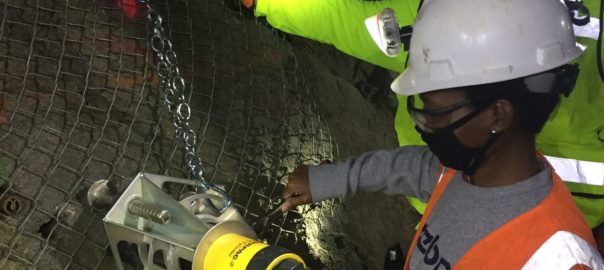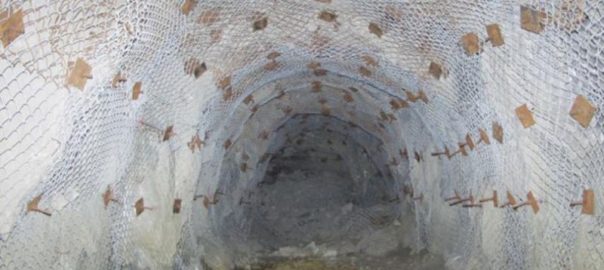Mining engineering students at Montana Technological University are testing bolt integrity when loaded using a Ground Support Pull Test Kit and Swellex bolts donated by Epiroc.
The Montana Tech mining engineering program provides students with education, access to cutting-edge labs and participation in leading research, Epiroc says. The school has the only on-campus underground mine education centre in the US and uses it to give students hands-on experience.
“Working with modern equipment is also an important part of preparing students for the workforce,” Epiroc says. For this, the Mining Engineering department often relies on donations from equipment manufacturers.
Students are testing how much load and deformation they can get from Swellex bolts without losing integrity. This test project began as a challenge from a leading mining corporation.
To help make the project a reality, Epiroc donated the Ground Support Pull Test Kit and Swellex bolts, with an Epiroc team led by Adrian Berghorst, Segment Business Manager – Ground Support, and Eric Ball, Northwest District Sales Manager – Rock Drilling Tools, providing installation and hands-on training support.
As part of the test, sleeves will be used on bolts to qualify the critical bond length of Swellex bolts under forced displacement without loss of integrity in the bolts. The Pull Test Kit supplied will be essential to testing the bolts’ load and deformation characteristics in that rock mass and borehole.
In addition to benefiting the students, the research performed also allows the school to publish their findings, Epiroc says.
Scott Rosenthal, Mining Engineering Department Head, Associate Professor, Mining Engineering at Montana Tech, said: “With access to this equipment, students can do something unique and different. We thrive thanks to the support of industry partners like Epiroc.”
Shawn Cheney, Epiroc Business Line Manager – Rock Drilling Tools, added: “Partnering with Montana Tech helps give the next generation of miners a great start, enables additional research on mining limitations and capabilities, and gives Epiroc additional insights so we can continue our ongoing quest for improvement in mining.”








